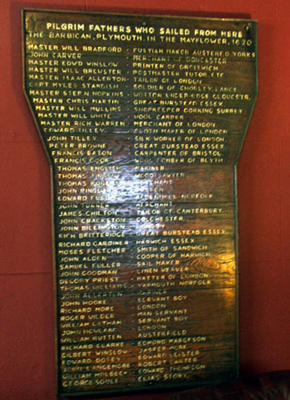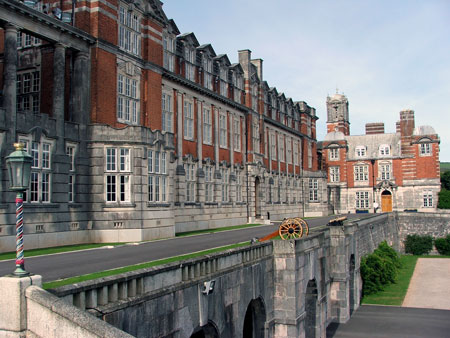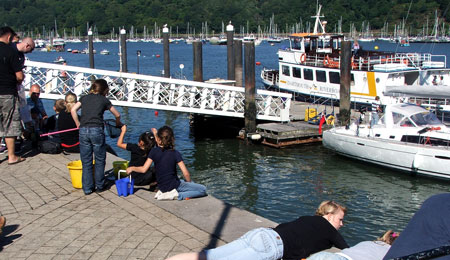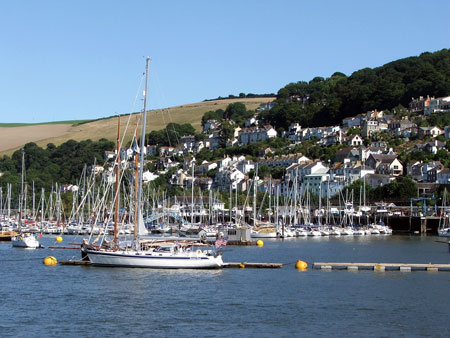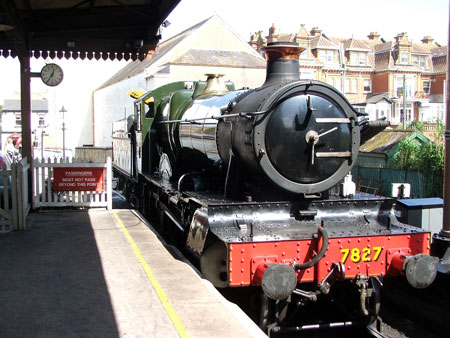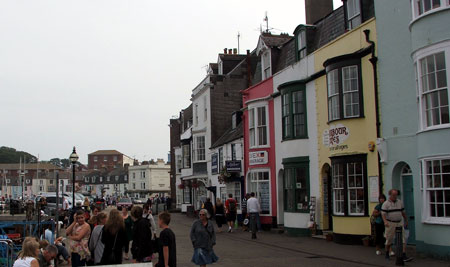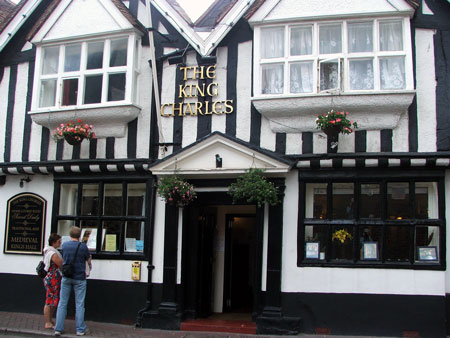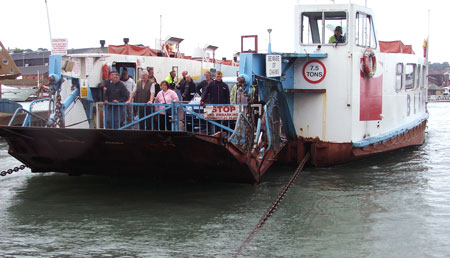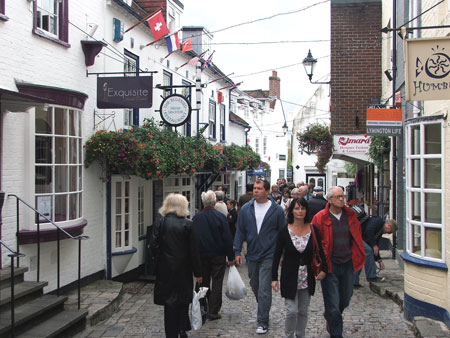 |
 |
 |
England's south coast is beautiful, challenging to sail, and filled with reminders that the notion of a new sort of democracy in America was born here. We started our travels in Plymouth, the point of departure for the Pilgrims, and watched naval history unfold before us: the defeat of the Spanish Armada, the voyages of Captain Cook and Charles Darwin, and the departure of troops to storm the beaches of Normandy. We then traveled eastward to our winter storage place, in Lymington, near Southampton.
